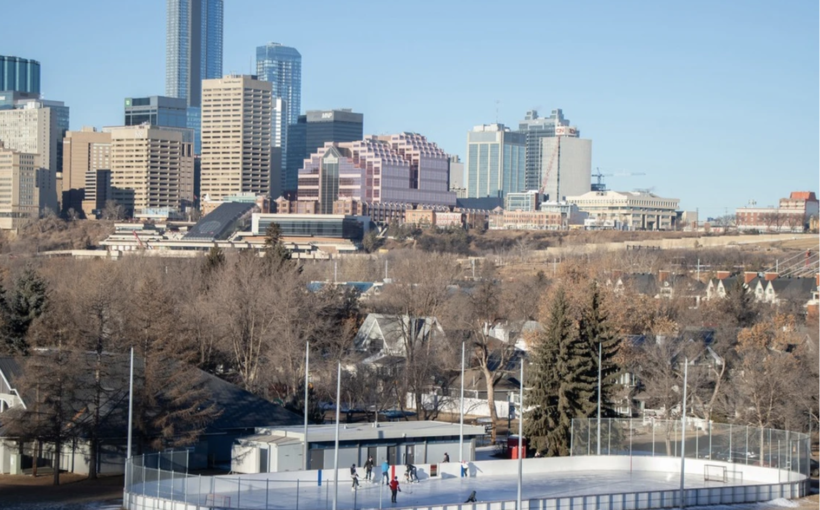On Jan. 16 the city’s urban planning committee is set to discuss the future of shared and closed roads in the Downtown area. The item was postponed to the new year after being unable to be completed at a meeting in early December.
Jason Syvixay, director of metropolitan strategy and advocacy at the Urban Development Institute Edmonton Metro, has been an advocate of finding ways to increase Downtown vibrancy and pedestrian activity. While he has high hopes for the upcoming report, he wants to ensure the city will address timelines and when changes may be implemented.
“The report falls short of an actual prioritization of actions. It doesn’t list which ones at what time — it doesn’t assign key responsibilities within city administration. It doesn’t actually outline timelines for implementation or how success will be measured and evaluated, something that was so important to us,” said Syvixay.
The report by city administration came after debates over the future of 102 Avenue — where some argued that closing the street to vehicles would change the area into a “people-oriented place,” while others said that specific radius within the Downtown was designed with all modes of transportation in mind but did not meet the conditions for any sort of “pedestrian mall.”
In 2022 city council floated the idea of closing the one-way street to cars completely but ultimately voted to not move forward with the idea.
While none of the proposed corridors support permanent closures to cars, it will allow the city to see how the plan will work to increase foot-traffic downtown and increase perceptions of safety.
“Those locations with greater supportive conditions and limited challenges provide opportunities to consider implementation of measures that create shared spaces by increasing priority of pedestrians and other vulnerable road users,” said the report.
Coun. Andrew Knack, who was in favour of the 102 Avenue closure, said while debates were heated over the topic, he is glad to see a new strategy come from it. When discussing permanent road closures he said there are still logistics he would want to work out with city staff, such as businesses who will need access to delivery vehicles if a street were permanently closed.
“I actually think there’s plenty of opportunity. If you were going to do a permanent car-free street, you can still have a delivery vehicle come. (There will be exceptions) that allow very specialized traffic to attend the site,” said Knack.
“Our Downtown streets aren’t very different than anyone else’s downtown streets and yet other people can have shared and closed streets. At some point you have to try something.”
Syvixay’s organization is among a number in the Downtown core that came together to explore how private and community sectors could work together to create accessible spaces to serve Edmontonians.
He said instead of jumping right away to permanently closing streets, seeing how the city responds to shared streets between cars and pedestrians, and temporarily closed roads is important.
“The report aligns with our recommendation, which is that Rice Howard Way and 104 Street could really be activated as what we’re calling a shared street, and that’s a concept that actually has been applied in … many cities across the world, where basically the street itself can be prioritized for pedestrians, but it also still allows for cars to move through,” said Syvixay.
“I do think that city-building is often one big experiment, and we’re trying to see what works and pivoting and adjusting where we can.”




